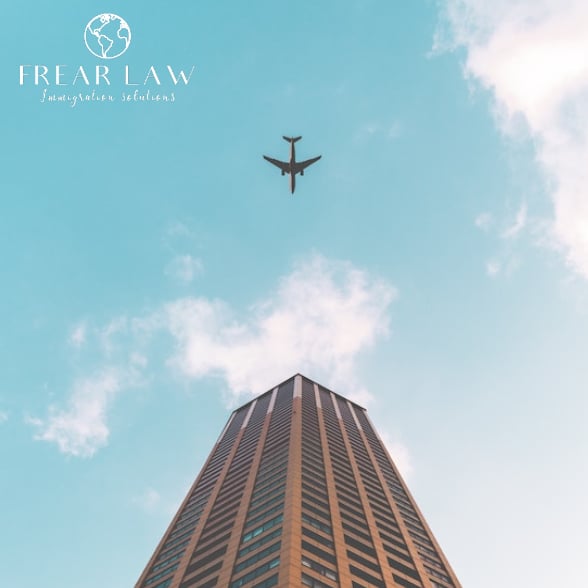The L1 Visa is a fantastic visa option that allows multinational companies to transfer highly skilled workers to the US. Petitions for L1 visas have always been closely reviewed by the US government. However, they are now subject to unprecedented scrutiny due to president trump’s Buy American, Hire American Executive Order(BAHA).
As a result of the order, widespread changes have occurred that make it increasingly difficult to obtain L1 Visas. Here are some of the notable changes:
- USCIS has abandoned their policy of giving deference to prior L1 Visa petition approvals
- There has been an increase of L1 Visa site visits;
- Adjudicators now have enhanced authority to deny applications and petitions without first issuing a request for additional evidence
- There has been an increase of L1 Visa denials by consular officers at the U.S. Department of State
The current environment for L1 Visas is challenging if not downright hostile. Therefore, it is more important than ever for employers to understand the L1 visa requirements. Below, I briefly cover the requirements for L1 visa employers. In another post, I will discuss the requirements that relate to the employee.
L1 Visa Requirements that Relate to Employers
Qualifying Relationship Requirement
In order to transfer an employee to a related U.S. entity, the petitioning employer must be part of a qualifying organization.
The qualifying organization can be:
- A US or foreign firm, corporation, or other legal entity.
- The organization must be actively doing business as an employer in the United States and in at least one other country
- The relationship must be one that is defined in the regulations. The relationship can be a parent, branch, subsidiary, or affiliate relationship
Establishing the Relationship
Here are some documents that are oftentimes used to establish the link between the foreign and US entity:
- organizational charts
- formation and corporate documents
- evidence of the purchase or transfer of the relevant affiliate or subsidiary.
Of course, all cases are unique and require a tailored approach. Therefore, you should consult with an immigration lawyer to determine how best to prove the link between the foreign and the US entity.
The US Employer Must Have the Ability to Control the L1 Visa Employee
In addition to proving the existence of the required relationship, the US employer must demonstrate the ability to control the employee. To prove such control and authority, employers typically present documentation such as employment contracts that demonstrate the authority to fire and direct the daily activities of the employee.
Be Careful with Third Party Worksite Situations
Evidence of the ability to control is of critical importance when the employee is assigned to work at a third party worksite. This is a common practice for IT consulting firms and other agencies that provide highly skilled workers on a contract basis for an end client. In these situations, you should assume that USCIS will be skeptical of the petitioning employer’s(ie the consulting firm) ability to control. Therefore, extra care should be taken to gather and submit clear evidence showing that the employer who filed the petition will be in charge of the L1 Visa employee.
Proving that the employer/petitioner meets the L1 Visa requirements is only half the battle. In order to have a successful L1 Visa petition, the employee also must meet the requirements that relate to the employee. Such requirements will be addressed in a separate post.

